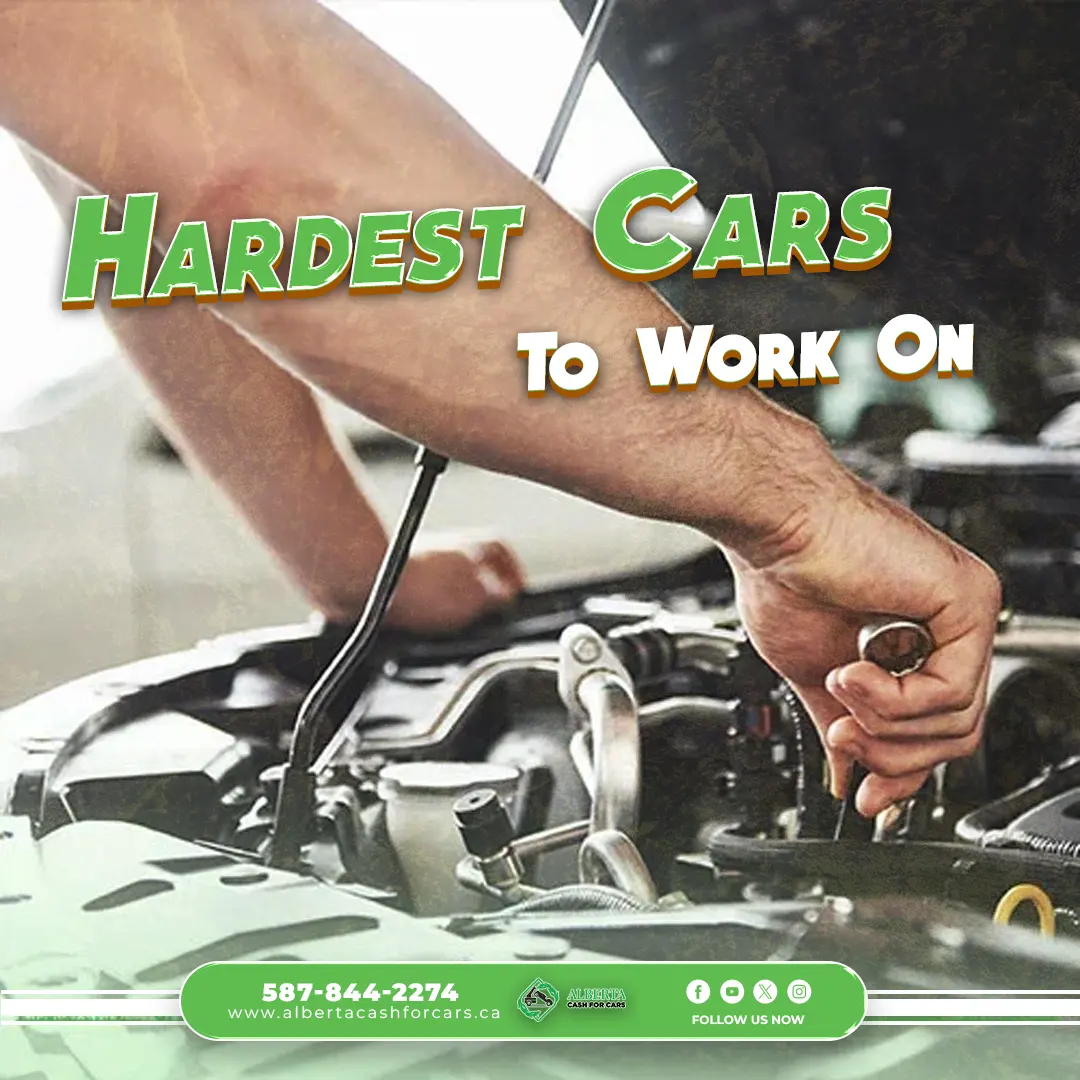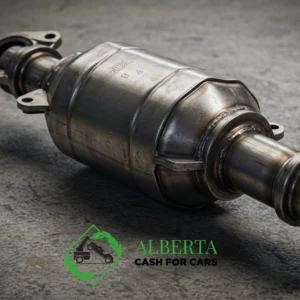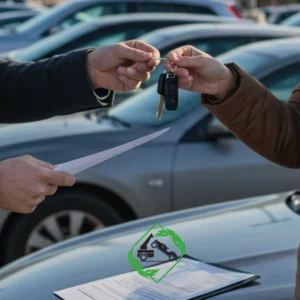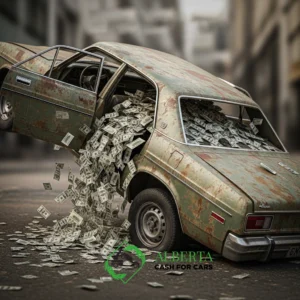Every car enthusiast knows the satisfaction of tinkering under the hood. But for mechanics, some cars are like locked fortresses, their complex innards designed to challenge even the most seasoned professionals. These are the hardest cars to work on, that can turn a simple oil change into an all-day odyssey. We’ll delve into the top 10 toughest cars worst car to work on, exploring the engineering choices that make them mechanic nightmares.
Related Post:
A Closer Look At 15 Worst-Selling Vehicles in Canada
Top Contenders for Hardest Cars to Work On

1. Bugatti Veyron:
Sitting at the pinnacle of automotive extravagance, the Bugatti Veyron is a technological marvel. However, its W16 engine, with its intricate layout and cramped engine bay, is a challenge to access, let alone service. Imagine needing a spark plug change – it requires removing the entire rear subframe!Mechanics all agree, the Bugatti Veyron is a contender for the absolute hardest car to work on.
2. Lamborghini Aventador:
Sharing the spotlight with the Veyron is the Lamborghini Aventador. This Italian masterpiece boasts a complex V12 engine and a low-slung, aerodynamic design. While breathtaking to behold, this design makes reaching even basic components a contortionist’s feat. Mechanics working on the Aventador often require specialized tools and lifts to access certain areas.
3. Ferrari LaFerrari:
Another Italian exotic joins the list – the Ferrari LaFerrari. This hybrid hypercar pushes the boundaries of performance, but servicing it can be a puzzle. The LaFerrari’s electrical components are tightly integrated with the gasoline engine, making any repairs intricate and potentially very expensive. “With the LaFerrari,” confided one mechanic, “you practically need an engineering degree to understand how it all goes together.”
4. BMW 7 Series (late 1990s – early 2000s):
German engineering is renowned for its precision, but sometimes that precision can translate to complexity. The BMW 7 Series from the late 90s and early 2000s is a prime example. These luxury sedans are packed with features, but accessing key components often requires removing a maze of electronics and intricate panels. “It feels like they designed the car to be assembled by robots, not serviced by humans,” remarked a mechanic who specializes in European vehicles.
5. Mini Cooper (After 2001):
The iconic Mini Cooper might seem like a friendly little car, but beneath its charming exterior lies a surprising amount of service complexity. BMW’s acquisition of Mini in 2001 led to a shift in design philosophy, with engines placed sideways and components crammed into tight spaces. Swapping a simple light bulb can turn into a frustrating ordeal for mechanics unfamiliar with the car’s quirks.
6. Nissan 300ZX:
This classic Japanese sports car holds a special place in many a car enthusiast’s heart. However, its mid-engine, rear-wheel-drive layout, combined with turbochargers, creates a service nightmare. Accessing the engine often requires removing significant portions of the car’s bodywork. “It’s a fantastic car to drive,” admitted a mechanic, “but working on it? Not so much.”
7. Mercedes-Benz S-Class (Certain Models):
The Mercedes-Benz S-Class is synonymous with luxury and cutting-edge technology. Unfortunately, that technology can come at a cost for mechanics. Some S-Class models, particularly those with complex air suspension systems and advanced driver-assistance features, require specialized tools and extensive diagnostic knowledge. These cars are best left to dealerships with factory-trained technicians.
8. French Cars (Generally):
French car manufacturers have a reputation for prioritizing aesthetics and quirky design choices over ease of service. Peugeot, Citroen, and Renault are all known for vehicles with unconventional layouts and hidden fasteners. Mechanics working on French cars often need a healthy dose of patience and a good parts catalog to navigate the service labyrinth.
9. Electric Vehicles (Early Models):
While electric vehicles (EVs) offer a glimpse into the future, some early models presented unique challenges for mechanics. The placement of high-voltage battery packs and the unfamiliarity of electric drivetrains meant specialized training and tools were often required. Thankfully, newer EVs are being designed with serviceability in mind.
10. Any Heavily Modified Car:
Sometimes, the hardest cars to work on aren’t factory originals, but heavily modified vehicles. Aftermarket parts, custom installations, and extensive performance upgrades can create a tangled mess under the hood. Mechanics unfamiliar with the specific modifications might spend hours deciphering the spaghetti junction of wires and hoses.
Here are some additional tips:
Consult your car’s manual: this should be your first stop for understanding routine maintenance schedules and any known service complexities.
Find a qualified mechanic: Look for a mechanic experienced with your specific car’s make and model. They’ll have the tools and knowledge to handle most repairs efficiently. Build a relationship with your mechanic: Having a trusted mechanic you can rely on can save you time and money in the long run. But what if your car is beyond repair, or the repairs are simply too expensive? Here’s where exploring alternatives comes in.
Calgary offers a variety of options

Cash for Used Cars Calgary:
Services like these can help you get a fair price for your old car, even if it’s not in perfect running condition. AlbertaCash for cars provides these services and can help get a fair price for your car. This can be a great way to free up funds for a new (hopefully more mechanic-friendly) vehicle.
No Hassle, Just Cash — Book Your Free Pickup or Quote Today!
Towing Service Calgary:
If your car breaks down unexpectedly, a reliable towing service can get it to a mechanic shop safely. Look for a company with experience handling a variety of vehicles, including those with potential complexities. Alberta Cash for cars offers a reliable towing services Calgary. By understanding the challenges mechanics face and taking proactive steps, you can keep your car running smoothly and avoid any unwelcome surprises under the hood. Remember, a happy car leads to a happy driver (and a less stressed mechanic)!
Final Thoughts
So, there you have it – a glimpse into the world of mechanic nightmares and the worst cars to work on. For those considering buying a car, remembering these contenders for the “hardest cars to work on” can be helpful. However, it’s important to remember that even a reliable car can require unexpected repairs. Regular maintenance is key to avoiding major issues down the road.







